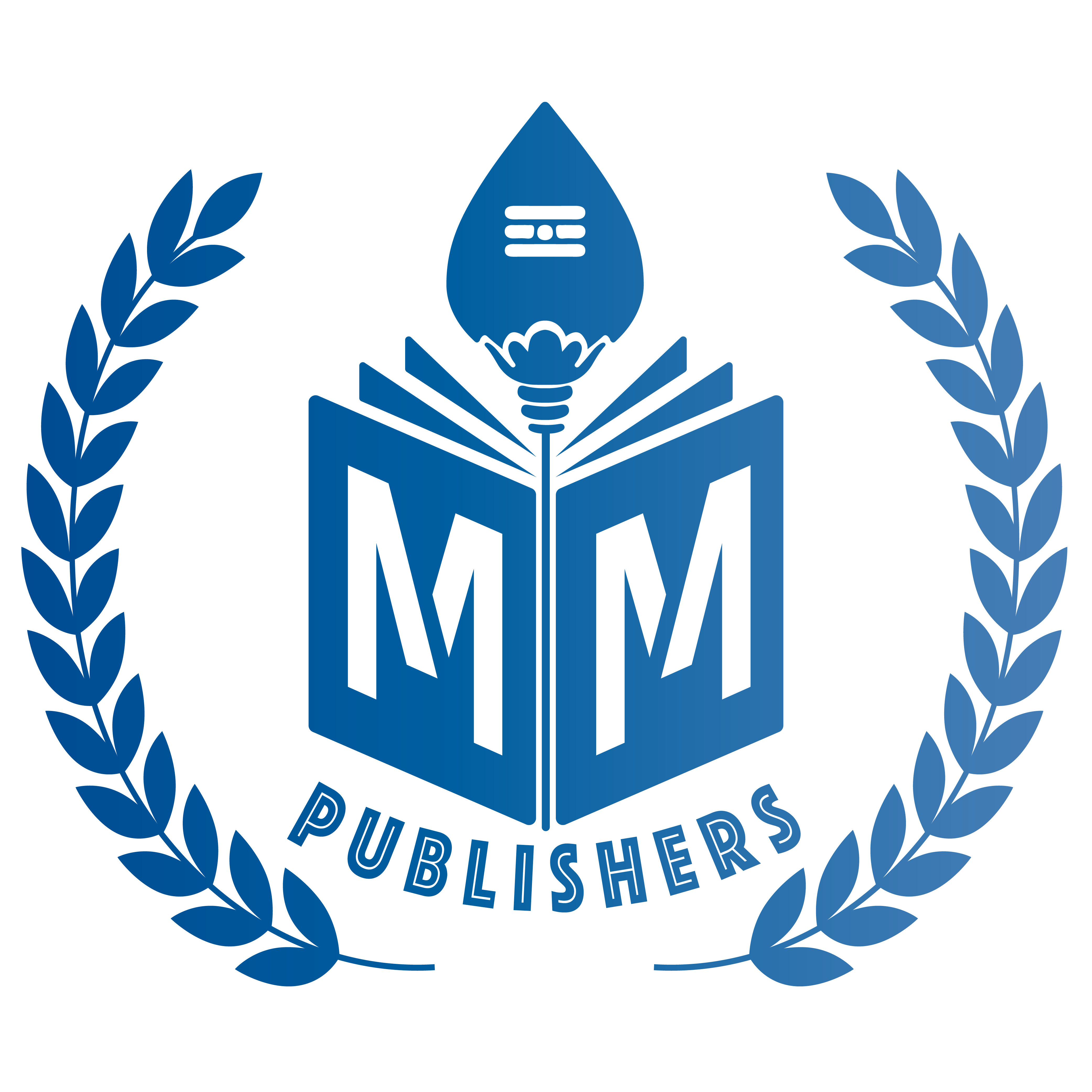Can single Buccal Infiltration with 4% Articaine induce sufficient analgesia for the Extraction of Mandibular Molars in Adults? A Prospective Study and Literature Review
Original Article
DOI:
https://doi.org/10.56501/intjcraniomaxillofacsurgrehab.2023.759Keywords:
Articaine, Buccal Infiltration, Pain, Extraction, Anesthesia, Mandibular Molars.Abstract
Objectives:
This study aims to compare the efficacy of 4% articaine buccal supraperiosteal/infiltration in providing pulpal anesthesia for mandibular molars in adults.
Methods:
Complete cartridge solution of 1.8 mL of 4% articaine with 1:100,000 epinephrine was injected into the mucobuccal fold of the respective tooth. Five minutes after the injection, the buccal and lingual areas around each tooth were probed with a sharp end of periosteal elevator. If patients showed objective sign of pain, rescue injection that is lingual infiltration or IANB would be given using articaine. Patients who felt no pain during probing was subjected to gingival reflection by a fine periosteal elevator to dissect gingival from teeth and place the forceps, extraction is carried out. Visual Analog Scale was used to record the pain during extraction. Patient was assessed for duration of soft tissue by probing the buccal gingiva every 5 min and after 45 min of infiltration, till pain reappears.This prospective study evaluated the clinical anesthetic efficacy of 4% articaine in single labial infiltration for extraction of mandibular posterior teeth. Data were collated and processed using Excel and analysed by R commander software. The statistical tests used for the analysis of the result was Chi square test.
Results:
A total of 75 samples have been taken for the study with age group between 18 to 75 years and 36 (48%) males and 39 (52%) females were participated in the study and subjects were randomly given single labial infiltration of anaesthetic solution for extraction of mandibular posterior teeth. A mean age value of 39.17 in male and 32.21 in female and a standard deviation of 16.34 in male and 15.48 in female were found. 73.33% patients had pain on lingual instrumentation at 5 minutes and 25.67% patients had pain on lingual instrumentation at 10 minutes after the labial infiltration. Among 75 patients, 16 had reported discomfort during surgery and required additional anaesthesia whereas 34 patients reported with pain and 25 patients were asymptomatic. Duration of anaesthesia showed a mean value of 64 minutes and a standard deviation of 5.58.
Conclusion:
Hard tissue is anesthesia is not satisfactory with single buccal infiltration of mandibular molar teeth using 1.7 ml 4% articaine. But shows satisfactory results with single supplementary lingual infiltration using 4% articaine. When combined with inferior alveolar nerve block and lingual nerve block, buccal infiltration of mandibular teeth using 4% articaine provide adequate anesthesia during extraction of mandibular teeth.
References
Robertson D, Nusstein J, Reader A, Beck M, McCartney M. The anesthetic efficacy of articaine in buccal infiltration of mandibular posterior teeth. The Journal of the American Dental Association. 2007 Aug 1;138(8):1104-12.
Pereira LA, Groppo FC, de Cássia Bergamaschi C, Meechan JG, Ramacciato JC, Motta RH, Ranali J. Articaine (4%) with epinephrine (1: 100,000 or 1: 200,000) in intraosseous injections in symptomatic irreversible pulpitis of mandibular molars: anesthetic efficacy and cardiovascular effects. Oral surgery, oral medicine, oral pathology and oral radiology. 2013 Aug 1;116(2):e85-91.
Gazal G, Alharbi R, Fareed WM, Omar E, Alolayan AB, Al-Zoubi H, Alnazzawi AA. Comparison of onset anesthesia time and injection discomfort of 4% articaine and 2% mepivacaine during teeth extractions. Saudi Journal of Anaesthesia. 2017 Apr;11(2):152.
El-Kholey KE. Anesthetic efficacy of 4% articaine during extraction of the mandibular posterior teeth by using inferior alveolar nerve block and buccal infiltration techniques. Journal of maxillofacial and oral surgery. 2017 Mar;16:90-5.
Yılmaz K, Tunga U, Özyürek T. Buccal infiltration versus inferior alveolar nerve block in mandibular 2nd premolars with irreversible pulpitis. Nigerian Journal of Clinical Practice. 2018 Apr 9;21(4).
Meechan JG. The use of the mandibular infiltration anesthetic technique in adults. The Journal of the American Dental Association. 2011 Sep 1;142:19S-24S.
Jung IY, Kim JH, Kim ES, Lee CY, Lee SJ. An evaluation of buccal infiltrations and inferior alveolar nerve blocks in pulpal anesthesia for mandibular first molars. Journal of endodontics. 2008 Jan 1;34(1):11-3.
El-Kholey KE. Infiltration anesthesia for extraction of the mandibular molars. Journal of Oral and Maxillofacial Surgery. 2013 Oct 1;71(10):1658-e1.
Kumar DP, Sharma M, Patil V, Subedar RS, Lakshmi GV, Manjunath NV. Anesthetic efficacy of single buccal infiltration of 4% articaine and 2% lignocaine in extraction of maxillary 1st molar. Annals of maxillofacial surgery. 2019 Jul;9(2):239.
Arali V, Mytri P. Anaesthetic efficacy of 4% articaine mandibular buccal infiltration compared to 2% lignocaine inferior alveolar nerve block in children with irreversible pulpitis. Journal of Clinical and Diagnostic Research: JCDR. 2015 Apr;9(4):ZC65.
Awal DH, Yilmaz Z, Osailan S, Renton T. Articaine-only buccal infiltrations for mandibular molar extractions: an alternative to inferior dental nerve blocks. Dental Update. 2017 Oct 2;44(9):838-45.
Tortamano IP, Siviero M, Lee S, Sampaio RM, Simone JL, Rocha RG. Onset and duration period of pulpal anesthesia of articaine and lidocaine in inferior alveolar nerve block. Brazilian Dental Journal. 2013 Jul;24:371-4.
Pabst L, Nusstein J, Drum M, Reader A, Beck M. The efficacy of a repeated buccal infiltration of articaine in prolonging duration of pulpal anesthesia in the mandibular first molar. Anesthesia Progress. 2009;56(4):128-34.

Downloads
Published
How to Cite
Issue
Section
License
Copyright (c) 2023 Mohammad Basim B, Dannel Sebastian, Prasanna Kumar D, Mahabaleshwara C H

This work is licensed under a Creative Commons Attribution-NonCommercial 4.0 International License.

